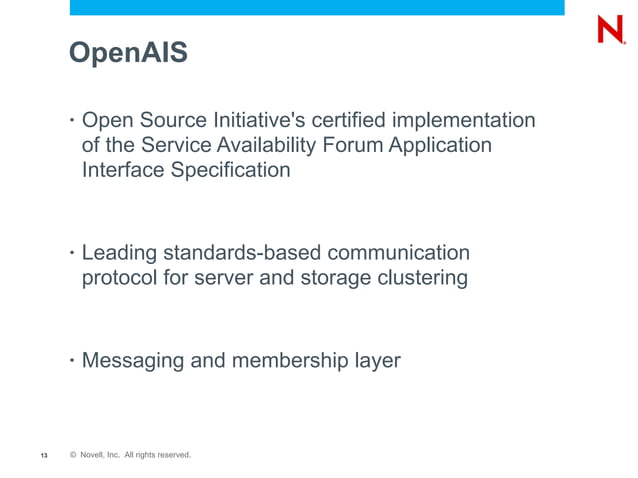Building and Managing Linux Clusters for High Availability

Introduction

In today’s technology-driven world, ensuring the availability and resilience of critical systems is paramount. Linux clusters have emerged as a reliable solution for achieving high availability, load balancing, and fault tolerance. This article provides a comprehensive guide on building and managing Linux clusters effectively.

Benefits of Linux Clusters
- High Availability: Linux clusters eliminate single points of failure by distributing services across multiple nodes. If a node fails, the remaining nodes continue to operate seamlessly, ensuring uninterrupted service.
- Load Balancing: Clusters distribute workload across nodes, optimizing resource utilization and preventing bottlenecks. This improves overall performance and scalability.
- Fault Tolerance: In the event of a hardware or software failure, clusters automatically reconfigure and recover, ensuring minimal downtime.
- Flexibility: Clusters can be easily scaled up or down to meet changing demand, providing flexibility and cost-effectiveness.
Components of a Linux Cluster
A typical Linux cluster consists of the following components:
- Nodes: These are individual servers that host services and applications. They communicate with each other through a network.
- Cluster Management Software: This software manages the nodes, monitors their health, and coordinates failover and recovery processes. Examples include Linux-HA, Pacemaker, and Corosync.
- Shared Storage: Clusters often utilize shared storage to ensure data consistency and availability. This can be implemented using network attached storage (NAS), storage area networks (SANs), or distributed file systems (e.g., GlusterFS, Ceph).
Building a Linux Cluster
- Plan and Design: Define the cluster’s purpose, size, and redundancy level. Consider aspects such as performance, availability, and budget.
- Hardware Selection: Choose reliable server hardware with sufficient processing power, memory, and storage capacity.
- Network Configuration: Set up a high-performance network infrastructure with appropriate redundancy mechanisms.
- Installation and Configuration: Install Linux and cluster management software on all nodes. Configure the software according to the desired failover and recovery policies.
- Storage Integration: Connect the cluster to shared storage and configure it for high availability.
- Service Configuration: Install and configure necessary services on the nodes. Ensure they start automatically and utilize cluster features for high availability.
Managing Linux Clusters
- Monitoring: Implement robust monitoring systems to track cluster health and identify potential issues.
- Failover Testing: Regularly conduct failover tests to ensure smooth and reliable transitions in case of node or network failures.
- Maintenance: Perform regular software updates, hardware upgrades, and node replacements to maintain cluster stability.
- Backup and Disaster Recovery: Establish backup and disaster recovery procedures to protect cluster data and ensure rapid recovery in the event of a catastrophic event.
- Performance Tuning: Optimize cluster performance by adjusting resource allocation, load balancing algorithms, and network configurations.
Conclusion
Building and managing Linux clusters for high availability is crucial for organizations seeking reliable and resilient systems. By understanding the components, deployment process, and ongoing management requirements, IT professionals can effectively create and maintain clusters that meet their specific needs. Implementing high availability solutions ensures business continuity, reduces downtime, and improves overall system performance.

This is a great article! I’ve been looking for a good resource on building and managing Linux clusters for high availability, and this one has everything I need. Thanks for sharing!
I’m not sure I agree with everything in this article. I think there are some better ways to do things, but overall it’s a good starting point.
This article is very informative. I learned a lot about building and managing Linux clusters for high availability.
I disagree with the author’s conclusion. I think there are better ways to do things.
This article is full of irony. The author says one thing and then does the opposite.
This article is so sarcastic. The author is just trying to be funny.
This article is hilarious. The author is just trying to make people laugh.
I’m not sure I understand what the author is trying to say. This article is really confusing.
This article is too long. I don’t have time to read it all.
This article is really boring. I’m not interested in reading about Linux clusters.
This article is really well-written. I learned a lot about building and managing Linux clusters for high availability.
This article is really thought-provoking. I’m going to have to think about what I’ve read for a while.
This article is really helpful. I’m going to use the information I learned to build my own Linux cluster.
This article is really inspiring. I’m going to start learning more about Linux clusters.